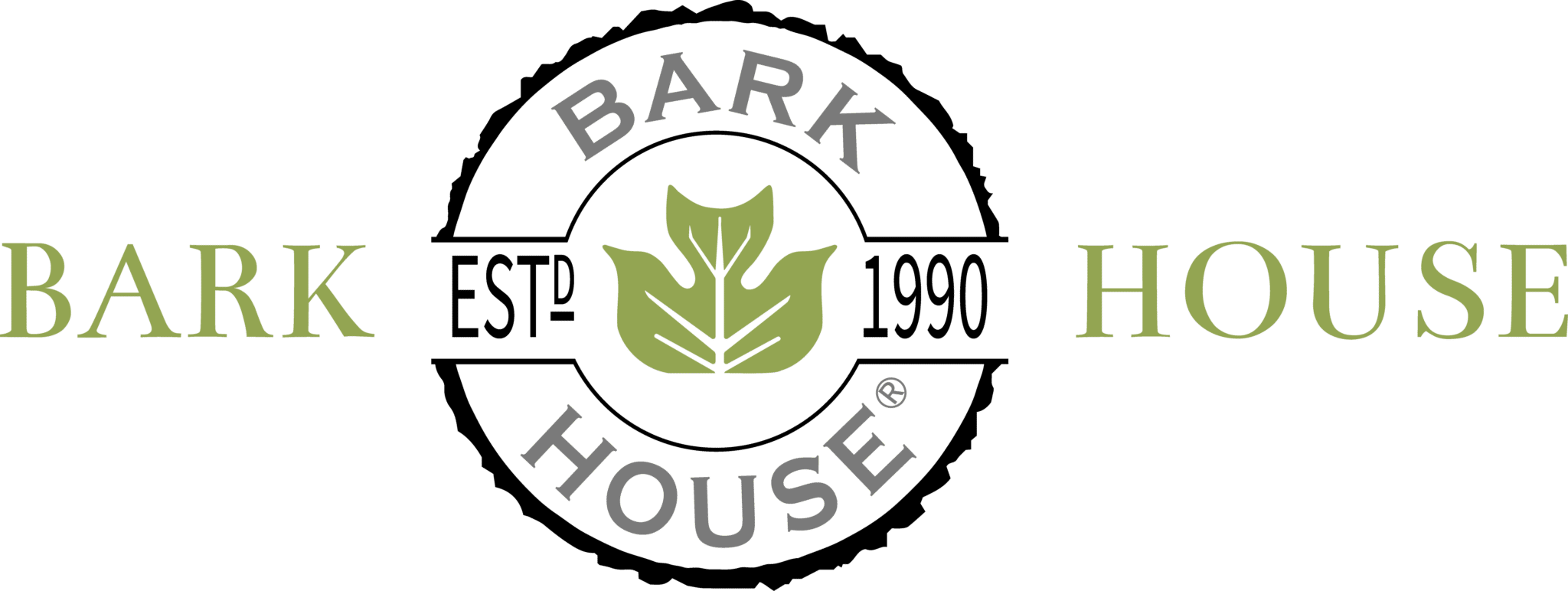The last time a total solar eclipse was visible from coast to coast in the US was almost 100 years ago, in 1918. That same year, the U.S. Congress established time zones and approved daylight saving time.
The path of totality passed through fourteen states – Oregon, Idaho, Montana, Wyoming, Nebraska, Kansas, Iowa, Missouri, Illinois, Kentucky, Tennessee, Georgia, North Carolina, and South Carolina.
Two of these states – North Carolina and Georgia (second and eighth respectively) – are in the top 10 for solar power production. In North Carolina, some 371,000 homes get their power from solar energy (as well as the Bark House), and because output was expected to drop from 2.5 gigawatts to 0.2 gigawatts for 90 minutes around the time of the eclipse, operators readied gas plants to step in to take up the load.
A report by executive coaching firm Challenger, Gray, & Christmas, Inc., stated the solar eclipse could cost employers around $694 million, with states and metro areas falling directly into the path of the eclipse taking the biggest hit at around $200 million in lost productivity.
The Bark House office was at 97.8% totality. The staff wore protective glasses and took a break to mark the eclipse.

